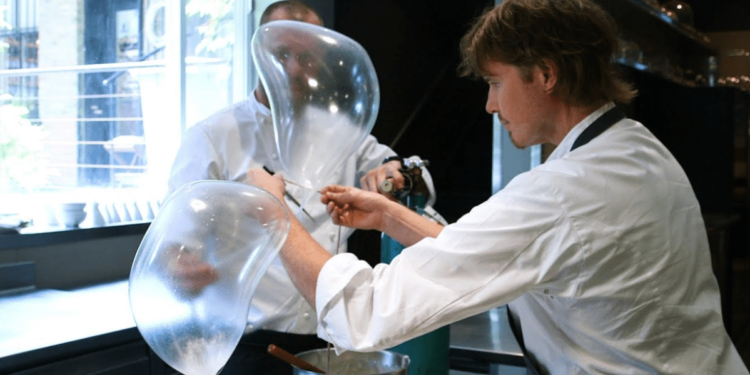“Third things are essential…, objects or practices or habits or arts or institutions or games or human beings that provide a site of joint rapture or contentment.”
-Donald Hall, “The Third Thing”
Food is often thought of as merely a means to sustain one’s life–to give one the energy they need to get through the day. In contrast to this traditional manner of thinking, there is much more power behind cuisine than is commonly attributed towards it. Food has the capability to tell stories of emotion, history, culture, language, and above all beauty.
First, let’s discuss the emotive qualities of food. Again, most people do not frequently recognize these powers in their meals. However, food is significantly more expressive than this misconception. An easy example of this quality can be examined within the 2007 animated classic, Ratatouille. In the film, Anton Ego is a stern critic who is skeptical of Linguini’s, more Remy’s, meal. Upon tasting, however, Ego is transported to his past, reminded of the comforting love of his mother. Food evoked emotions of love, passion, and comfort, reminding Ego of a cherished memory that he had lost in his years of food writing.
This characteristic of food is not limited to fictitious media; indeed, three Michelin star restaurant and staple to the World’s 50 Best Restaurants list, Alinea has taken advantage of this power in some of its best dishes. From a caramel corn conclusion course to a french fry puree beside A5 wagyu to the signature edible helium balloon, Alinea captures nostalgia and emotions in their dishes to formulate an expressive story. All three of these dishes bring the customer back to a point in their life. The caramel corn takes you back to a beloved childhood snack; the wagyu course evokes feelings of familiarity beside elegance and perfection; the balloon is a physical, edible embodiment of playfulness, execution, and an uncanny child-like wonder. The food itself created these emotions.
It’s not just fine dining with these powers, though. The so-called hole-in-the-wall restaurants are equally effective at utilizing the capabilities of food. In fact, this food, if done well, is arguably of the same quality as many fine dining establishments; there is simply a different environment and culture surrounding them. Great food can come from anywhere, a truth that is made especially apparent from Gusteau’s tagline, “anyone can cook.”
With this background, we can now examine the like of the Vietnamese bánh mì. Using the bánh mì sandwich as an example, it is especially apparent that food can tell stories of history and culture. Indeed, the bánh mì is derived from French cuisine, adapted from French ingredients during, and after the fall of, French colonialism and Catholic missionaries throughout the 19th century. In this way, the evolution of the dish provides an examination of an overarching historical context. Food is, therefore, an excellent tool to tell these stories of history and culture, whether it be in modernist fine dining or traditional presentations of humble, yet powerful ingredients.
All of this is undoubtedly beautiful. Food possesses an uncountable number of capabilities. As an artform, it dismantles the language barrier and brings people together. Sharing meals connects people–it gives them a shared experience, a “third thing” as Donald Hall describes it in his namesake essay. Food is elegant, graceful, binding, powerful, compelling, informative, dynamic, and above all beautiful. Food is Art.
Credit: Source link




